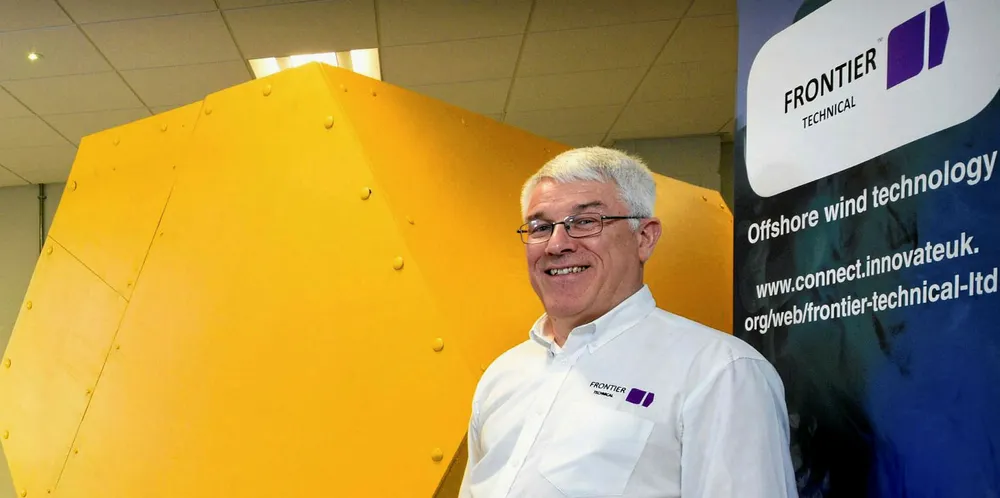'Floating battery' powered by wind eyes India for first outing
Innovative Marlin Star project aims to deploy floating turbine with storage to power remote coastal and island communities

Innovative Marlin Star project aims to deploy floating turbine with storage to power remote coastal and island communities
